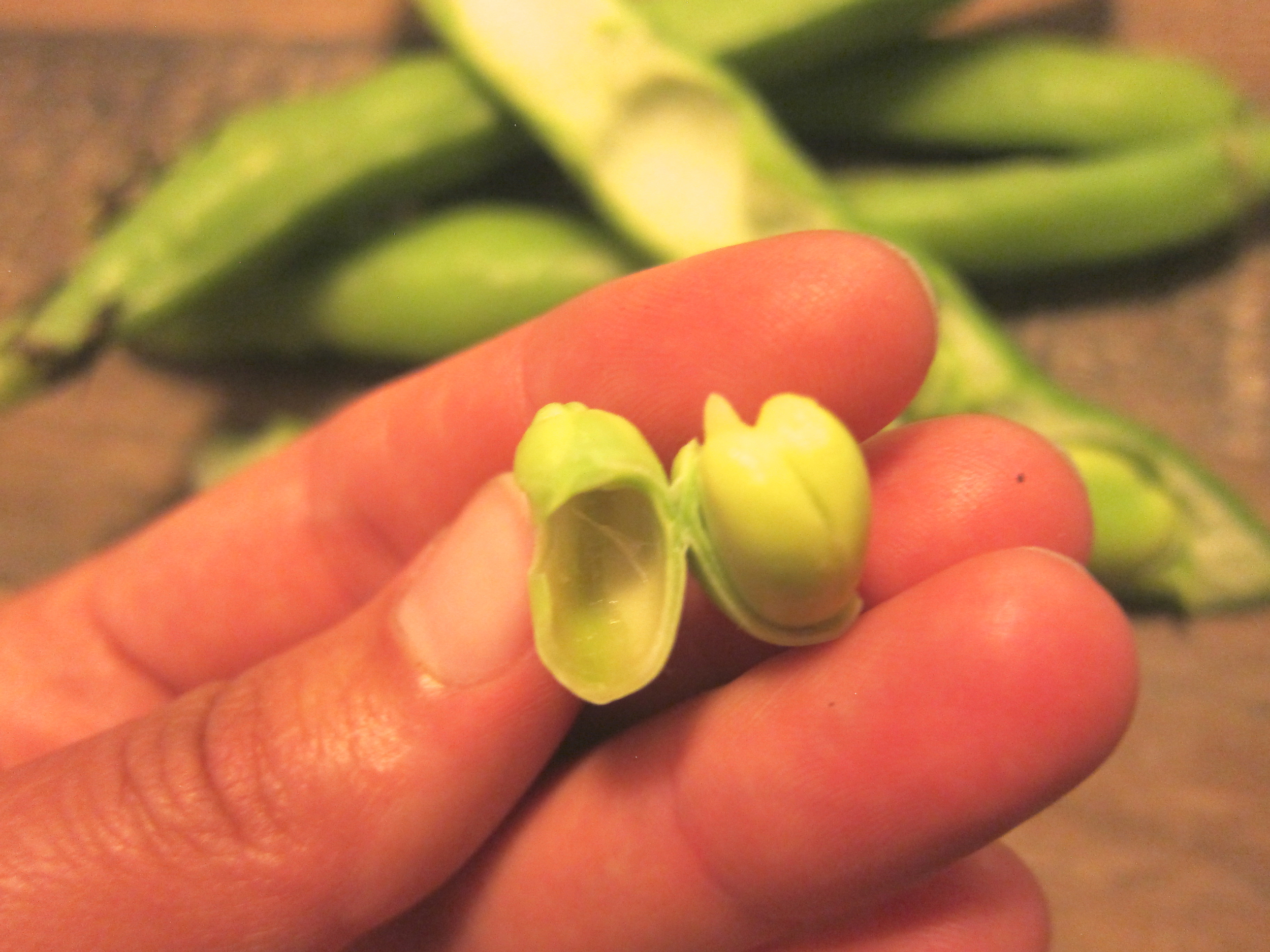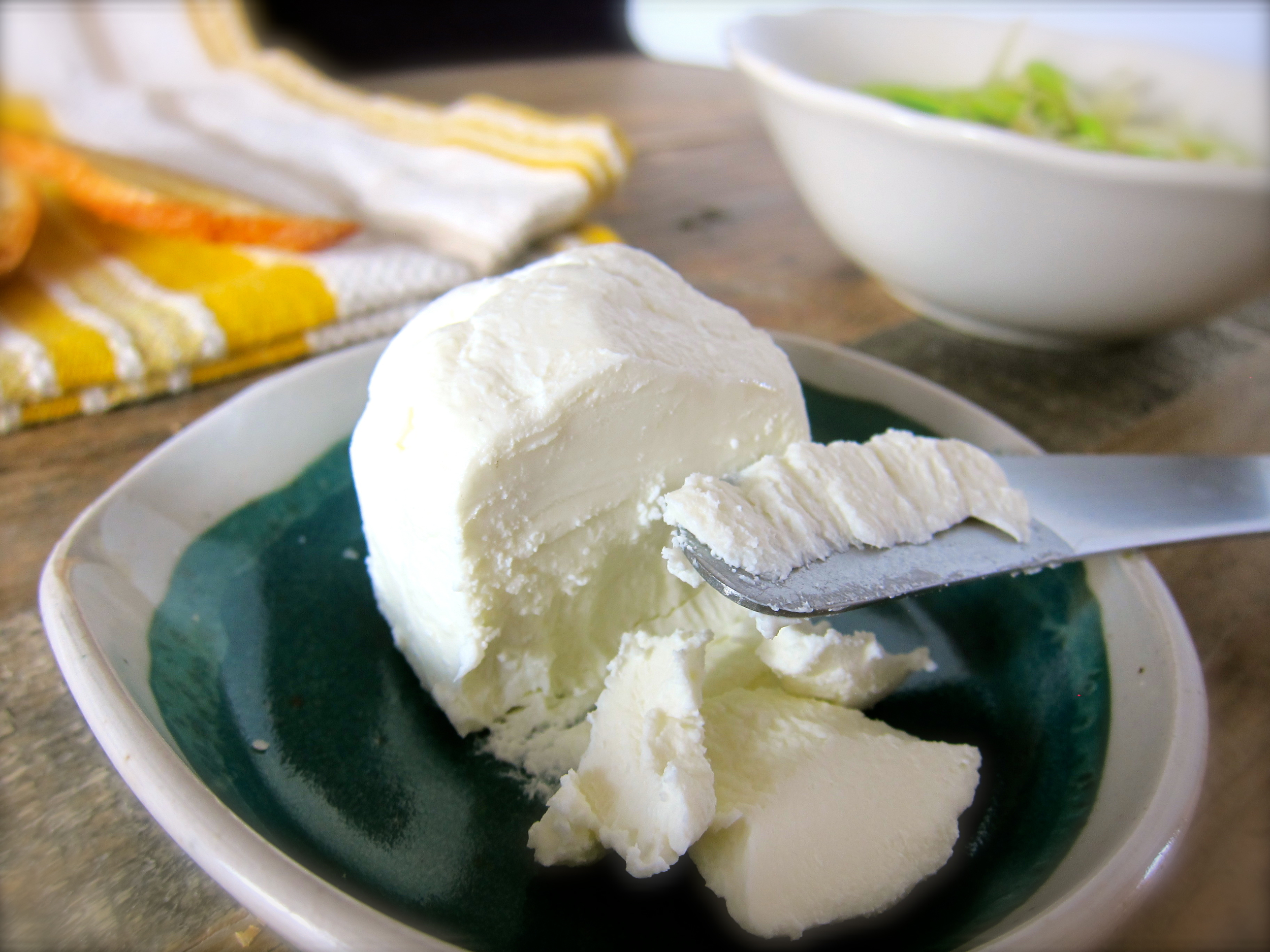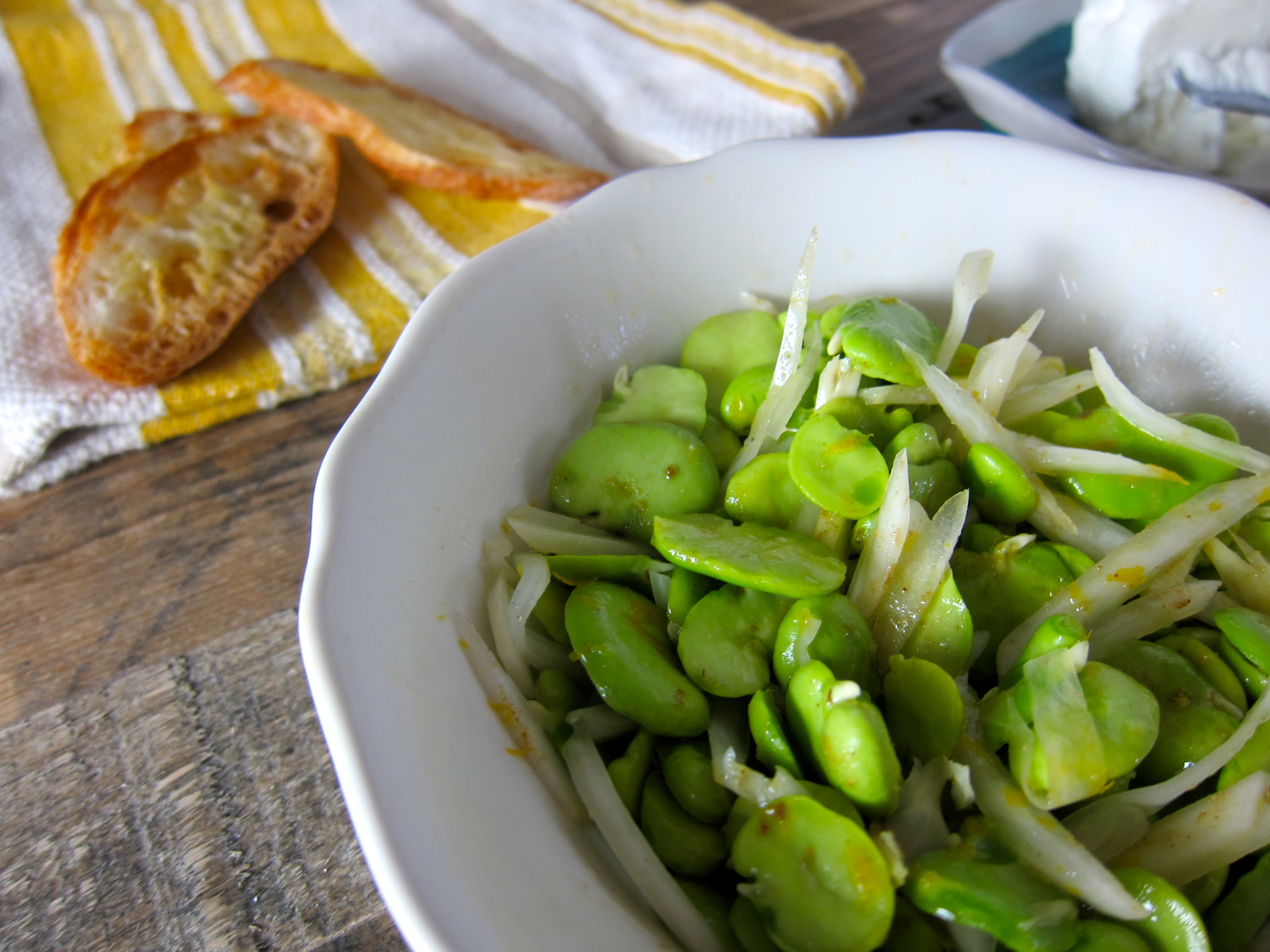Spring Frittata with Asparagus, Leeks, and Chèvre
Spring sprung into a cast iron pan.
Celebrate spring by including asparagus and the bright flavors of goat cheese and tarragon in this elegant and satisfying meal. Frittata is a very easy way to whip up a stylish breakfast that’s also very durable and adaptable to a variety of dietary needs (well, apart from vegan that is, as eggs are necessary). This will solve your weekend brunch needs - don't worry, next weekend is just around the corner! Serves 6.
10 eggs
2 tablespoons fresh thyme leaves
1/2 teaspoon salt
1/4 teaspoon coarse ground black pepper
1 tablespoon unsalted butter
2 tablespoons olive oil
1 medium leek, trimmed and thinly sliced (use whites and greens)
16 asparagus spears, ends trimmed and chopped into 1.5-inch pieces
4-6 ounces chèvre (fresh goat cheese), crumbled
Preheat the broiler to high. Whisk eggs with thyme, salt, and pepper. Set aside.
Heat butter and oil in a large oven-proof pan over medium-high heat. Add leeks and cook, stirring occasionally, until softened, about 3 minutes. Mix in asparagus and continue to cook another 2-3 minutes until asparagus is slightly softened but still bright green.

Pour egg mixture over asparagus, stir once just to ensure even distribution of ingredients, and cook about 2 minutes, until almost set. Sprinkle with crumbled chèvre and broil frittata in the pan until golden brown, about 3-5 minutes (check and rotate if one side is cooking faster). Remove from oven and serve from pan or slide frittata onto a plate.
Fava bean, pickled fennel bulb, and goat cheese crostini
Fresh, silky representations of springtime
I am always pleasantly surprised when fava beans pop up at the farmers’ market each spring - not only because they’re even more delicious at the beginning of the season, but because it proves that California actually has seasons (go us!)
“Alternatively, you can actually skip the entire process of shelling by roasting the whole pod with some olive oil and sea salt, and eat every bit of the beans and surrounding pod. This is also quite delicious, but a different, richer flavor with less of the springtime freshness in just the beans. ”
Fava beans are fresh, silky representations of springtime, but they can be a pain to process. Not only do most recipes call for removing the beans from the larger pod, but also for removing the beans from their thin surrounding shell. One of those tasks that’s fun at first, but increasingly painful as time moves on and pod after pod is processed.




“You don’t know fava - or maybe you do?”
Fortunately, the favas at the beginning of the season are so tender that you don’t have to cook the beans after removing them from the shell and they’re still oh-so-tender, which is what is called for in this recipe.
Fava beans, removed from pod and surrounding shells peeled away
Pickled* or fresh, thinly sliced fennel bulb
Lemon zest
Cumin powder
Olive oil
Toasted, thinly sliced baguette
Chèvre
Good quality sea salt
Toss 2 parts fava beans with 1 part fennel and lemon zest, and cumin to taste. Drizzle in enough olive oil to make glossy, but not too oily.
Spread chèvre on baguette slices, top with fava mixture, and sprinkle with sea salt.
* To Pickle Fennel:
Slice 1 fennel bulb into thin slivers and pack tightly into a pint jar.
Heat 1 cup white wine vinegar with 1/2 cup water, 2 tablespoons sugar, 1 teaspoon of sea salt, and herbs or spices of choosing (such as caraway and orange zest) and bring to a boil.
Allow brine to cool for 2 minutes, then pour into jar with fennel to cover completely. Cool to room temperature, seal with lid, and store in the refrigerator. Fennel can be eaten immediately and will keep well for up to 2 weeks.




